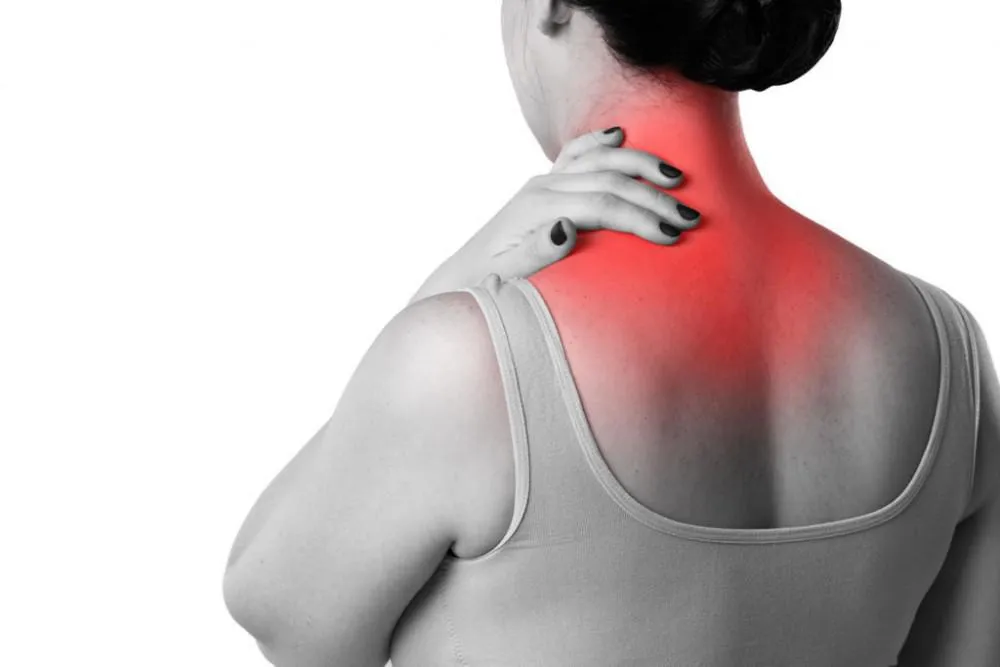Achilles Tendinitis: Symptoms, Causes, Prevention
Achilles tendinitis is a prevalent overuse injury that impacts the Achilles tendon—a critical band of tissue that connects the calf muscles to the heel bone.
Nov. 11, 2023, 3 min read, Articles
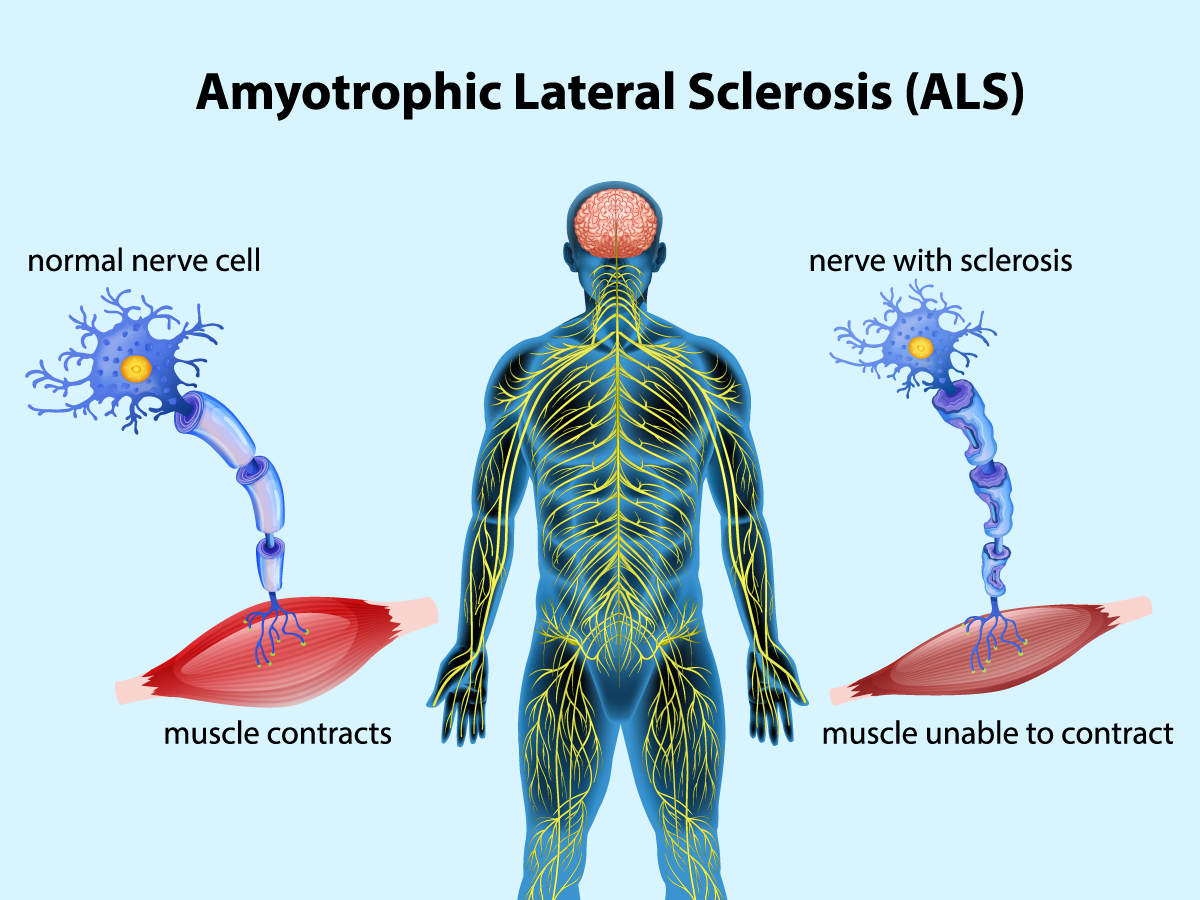
Amyotrophic Lateral Sclerosis (ALS), often referred to as Lou Gehrig's disease, is a progressive neurodegenerative disorder that affects nerve cells in the brain and spinal cord. This condition leads to the gradual loss of voluntary muscle control, impacting a person's ability to speak, eat, move, and ultimately, breathe. Understanding the progression and available treatment options for ALS is essential for patients, caregivers, and healthcare professionals.
ALS primarily involves the degeneration of motor neurons, the nerve cells responsible for controlling voluntary muscle movements. As these motor neurons degenerate, the brain loses the ability to initiate and control muscle movements, leading to muscle atrophy and weakness. The exact cause of ALS remains elusive in many cases, although a combination of genetic and environmental factors is believed to contribute to its development.
The onset of ALS can be subtle, with initial symptoms often involving muscle weakness or stiffness. Over time, individuals with ALS may experience difficulty in speaking, swallowing, and breathing. As the disease progresses, muscles continue to weaken, leading to challenges in performing daily activities.
ALS progression varies from person to person, but the majority of individuals with ALS face a relentless decline in muscle function. Respiratory failure, often within three to five years from the onset of symptoms, is a common cause of mortality in ALS patients.
While the precise cause of ALS remains uncertain, researchers have identified both genetic and environmental factors that may contribute to its development. Approximately 5-10% of ALS cases are considered familial, resulting from inherited genetic mutations. The majority of ALS cases, however, are sporadic, with complex interactions between genetics and environmental influences playing a role in disease onset. Environmental factors may include exposure to certain toxins, viral infections, and lifestyle factors.
Diagnosis and Treatment
Diagnosing ALS can be challenging due to the absence of a definitive test. Neurological examinations, electromyography (EMG), and other diagnostic tests are often employed to rule out other conditions with similar symptoms.
Once diagnosed, the treatment approach for ALS primarily focuses on managing symptoms, enhancing the quality of life, and providing comprehensive support to patients and their families.
Physiotherapy plays a crucial role in the management of ALS. Skilled physiotherapists work closely with individuals to design tailored exercise programs that focus on maintaining muscle strength, flexibility, and function. Range-of-motion exercises can help prevent muscle stiffness and joint contractures, enhancing overall mobility. Additionally, respiratory exercises are employed to improve lung capacity and ease breathing difficulties that often accompany ALS.
Osteopathy contributes to ALS care by addressing musculoskeletal issues and promoting overall well-being. Manual manipulation techniques employed by osteopathic practitioners aim to alleviate pain, reduce muscle tension, and enhance circulation. While osteopathy doesn't provide a cure for ALS, it can offer comfort and relief from secondary symptoms such as musculoskeletal pain and discomfort.
Given the multidimensional challenges posed by ALS, a multidisciplinary approach to care is essential. This involves a team of healthcare professionals, including neurologists, physical therapists, occupational therapists, respiratory therapists, and social workers. Palliative care and support services are integral components of ALS management, providing physical, emotional, and psychological assistance to both patients and their families.
Ongoing research into the underlying mechanisms of ALS and the development of new treatment modalities offer hope for the future. Advances in genetic understanding and therapeutic interventions continue to expand our knowledge of ALS, providing potential avenues for more targeted and effective treatments.
In conclusion, Amyotrophic Lateral Sclerosis is a challenging and progressive neurodegenerative disorder that demands a comprehensive and compassionate approach to care. While there is no cure at present, advancements in research and a commitment to holistic patient support offer optimism for improved outcomes and, ultimately, a world without ALS. Increased awareness, ongoing research, and a collaborative effort from the medical community and society at large are crucial in the fight against ALS, bringing us closer to effective treatments and, one day, a cure.
Achilles tendinitis is a prevalent overuse injury that impacts the Achilles tendon—a critical band of tissue that connects the calf muscles to the heel bone.
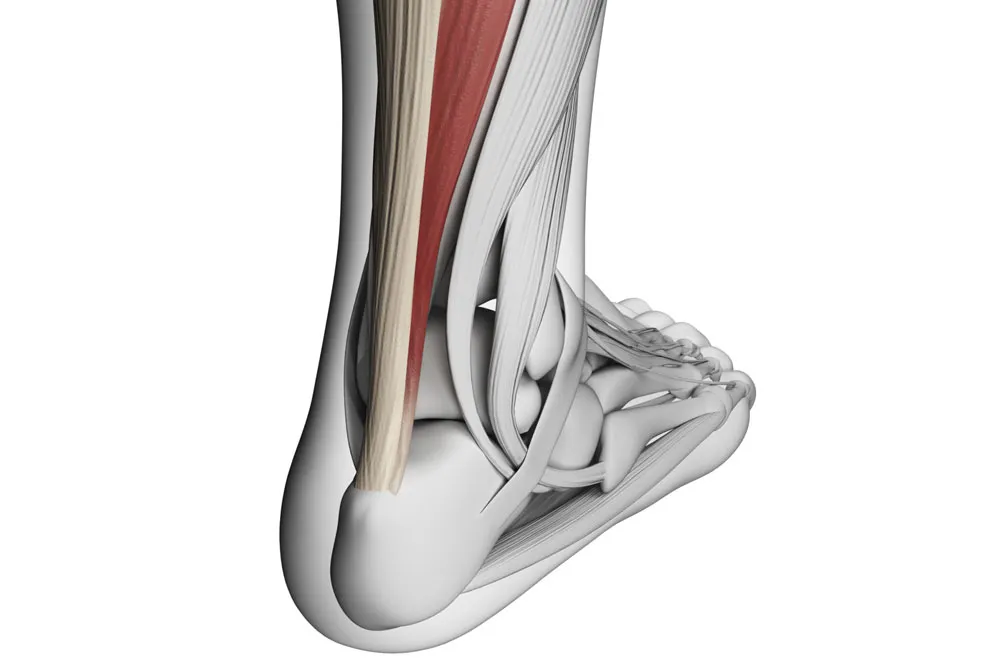
Back pain is a prevalent and often debilitating condition that can affect individuals of all ages and walks of life.
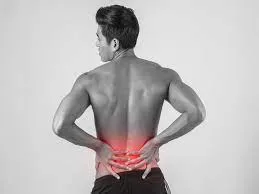
Arthritis is a common and often painful condition that affects millions of individuals worldwide. It's not a single disease but rather a group of more than 100 different types of joint-related conditions.
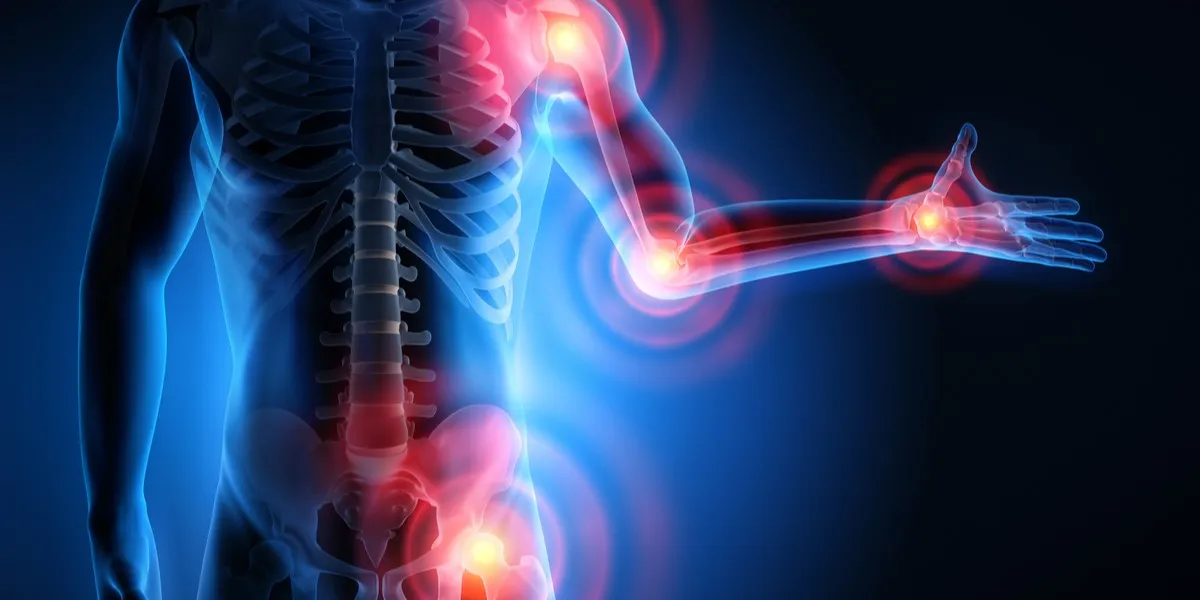
Ankle injuries are prevalent in the world of sports and can be a significant setback for athletes.
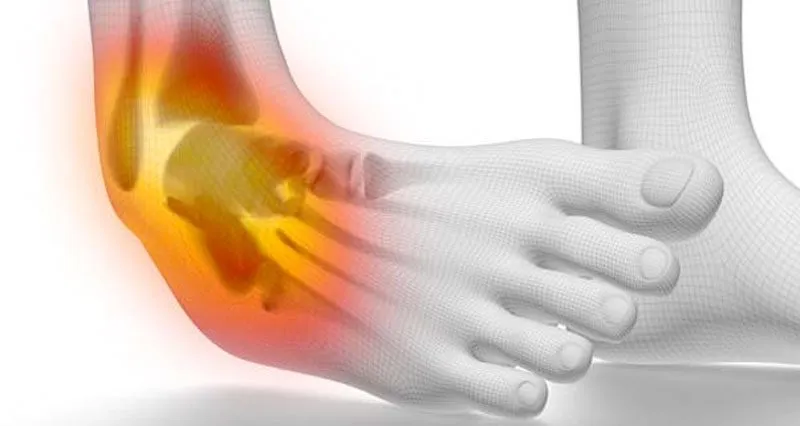
Degenerative Disc Disease (DDD) is a common condition that affects the intervertebral discs in the spine.
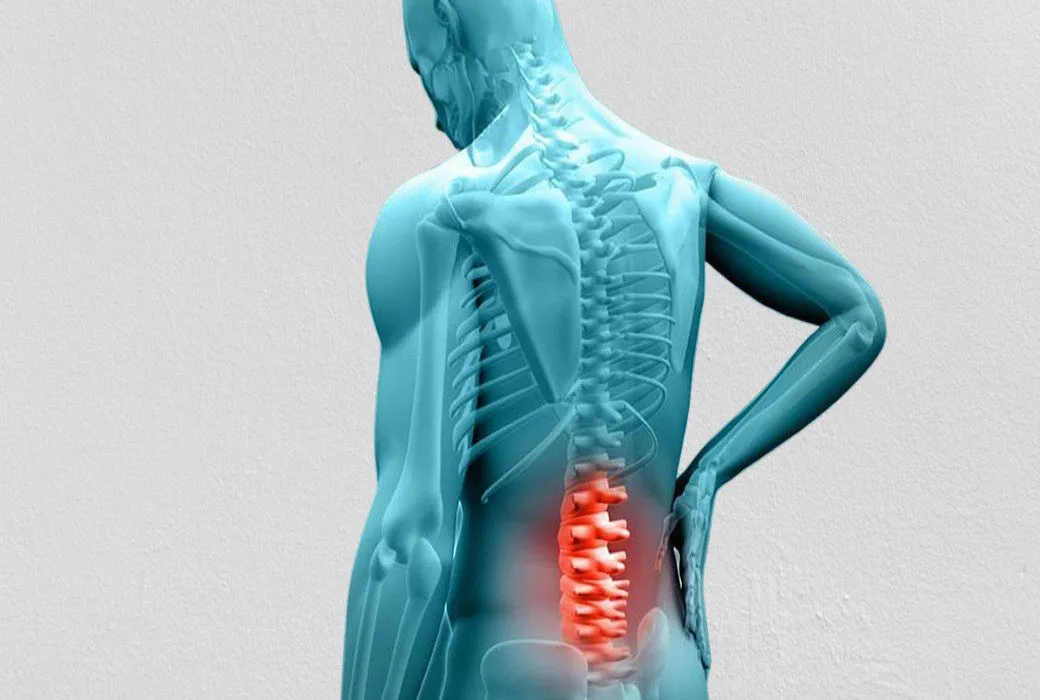
Myalgic Encephalomyelitis/Chronic Fatigue Syndrome (ME/CFS) is a perplexing and debilitating condition that impacts individuals, often altering their daily lives and challenging conventional understanding.
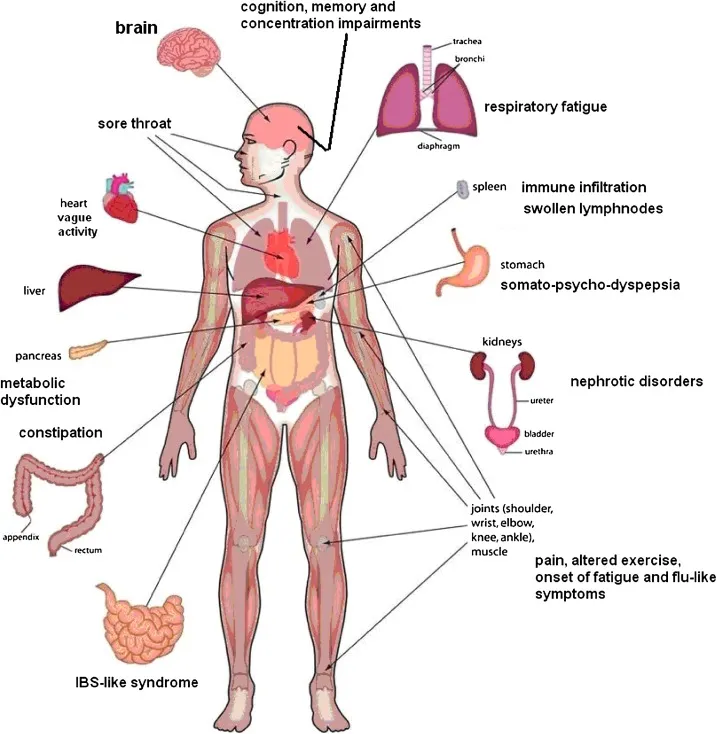
Muscular dystrophy encompasses a group of diseases leading to progressive muscle weakness and loss of muscle mass. The development of abnormal genes disrupts the production of necessary proteins crucial for healthy muscle function.
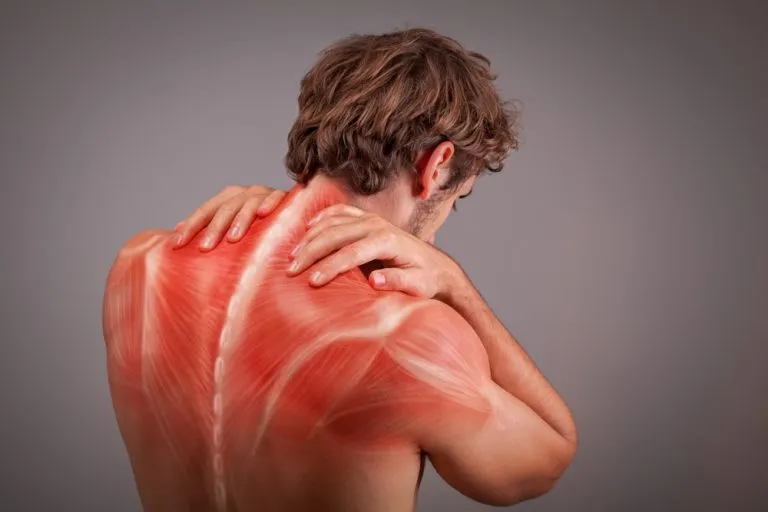
Fibromyalgia stands as a complex and often misunderstood condition characterized by widespread musculoskeletal pain, fatigue, and sleep disturbances
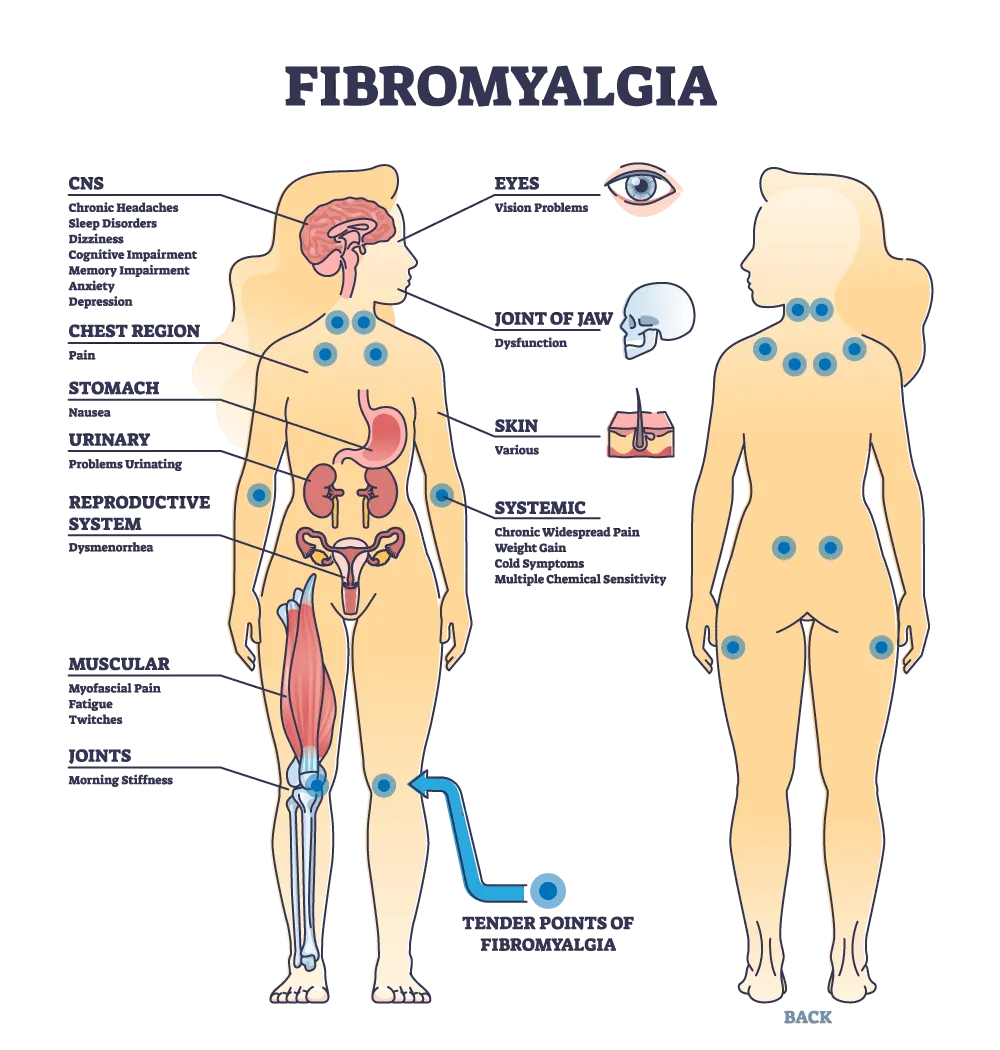
Bunions, medically referred to as "hallux valgus," are a common and often painful foot deformity that affects the joint at the base of the big toe.
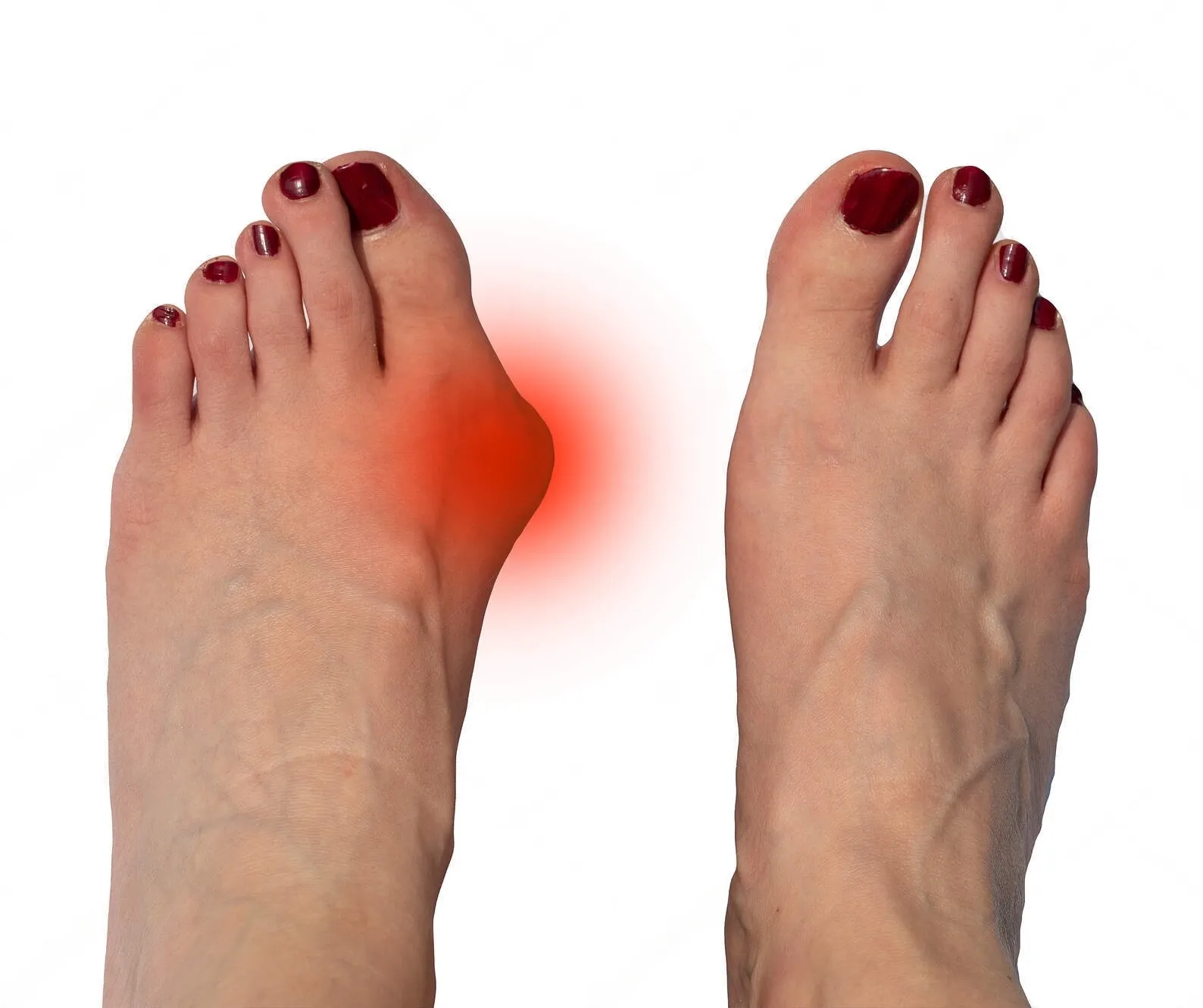
Herniated disc symptoms can be debilitating, causing pain, numbness, and mobility limitations.
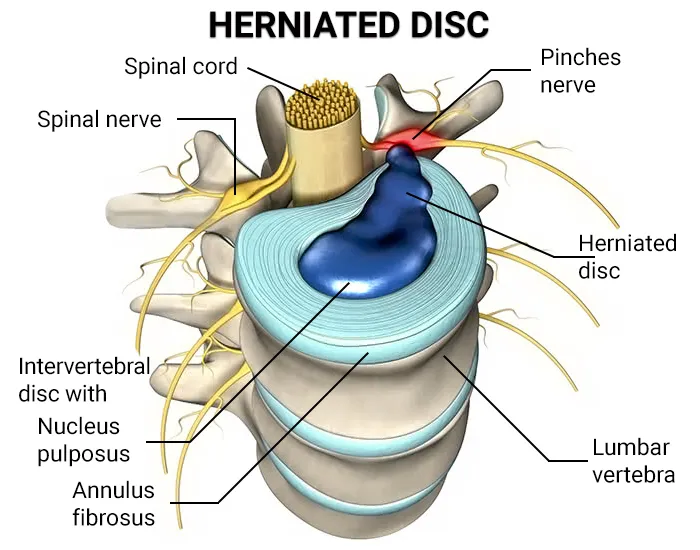
A heel spur is a bony growth that pokes out below your back heel bone inside of your foot. Heel spurs happen when stress and strain damages your foot ligaments.
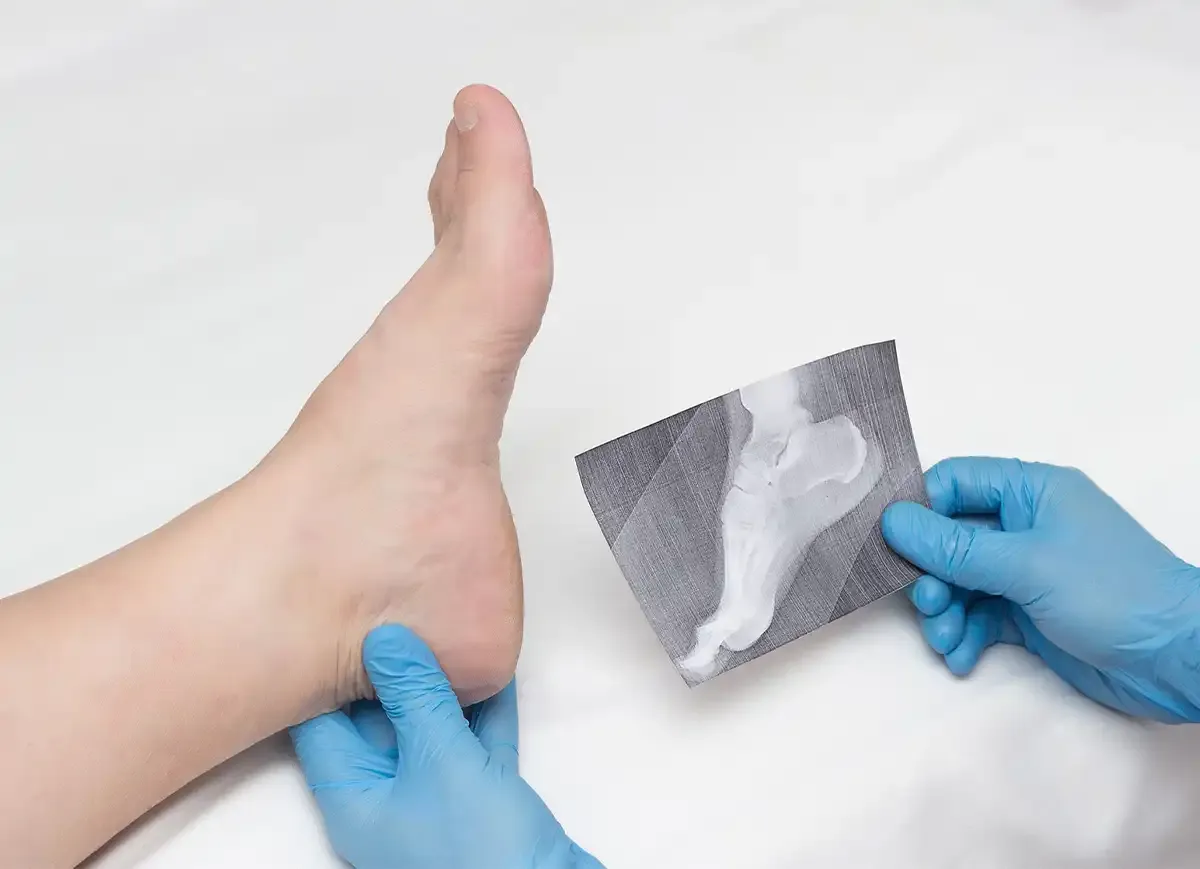
Knee pain is a widespread issue that can significantly impact a person's mobility and quality of life.Knee pain is a widespread issue that can significantly impact a person's mobility and quality of life.
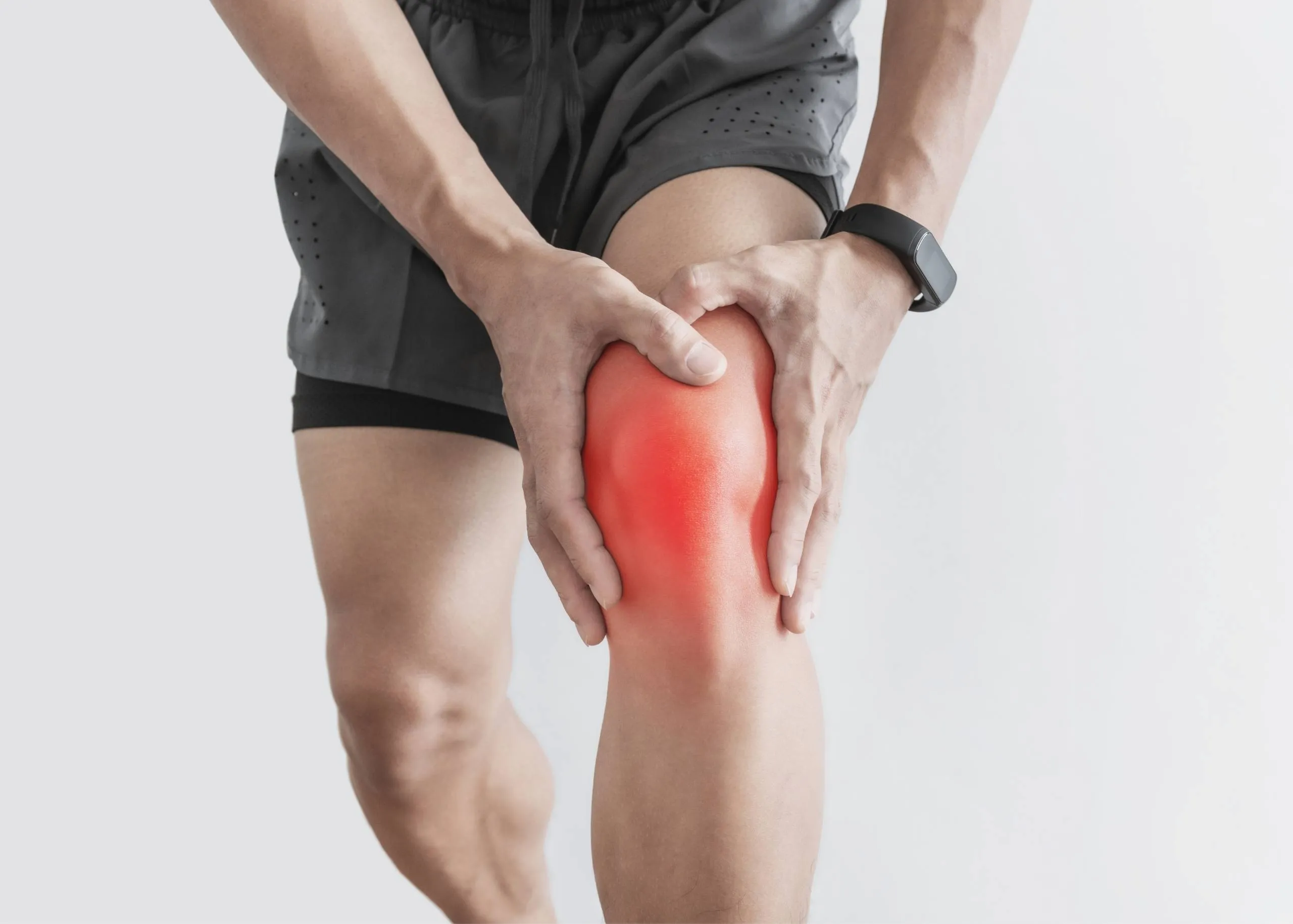
Heel pain can be a nagging and uncomfortable issue that affects many people. In this article, we will explore the various causes of heel pain, common symptoms associated with it, and the available treatments that can help you find relief and get back to your active lifestyle.
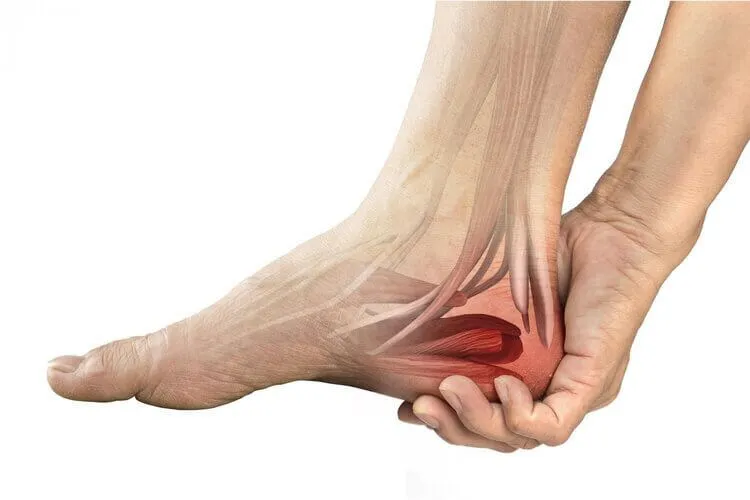
Military Neck, also referred to as Cervical Kyphosis, is a condition that affects the natural curvature of the cervical spine, resulting in the loss of its typical curve.
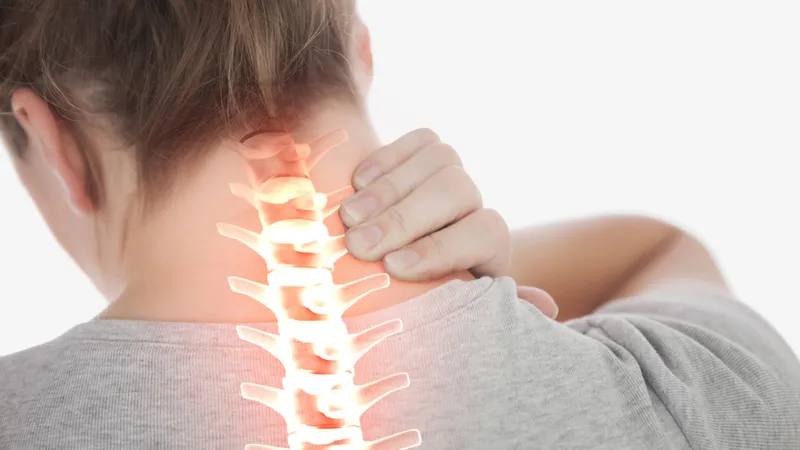
Migraines and headaches are prevalent neurological disorders that affect a significant portion of the population.

Lymphedema is a chronic condition characterized by the accumulation of lymphatic fluid, leading to persistent swelling, typically in the arms or legs.
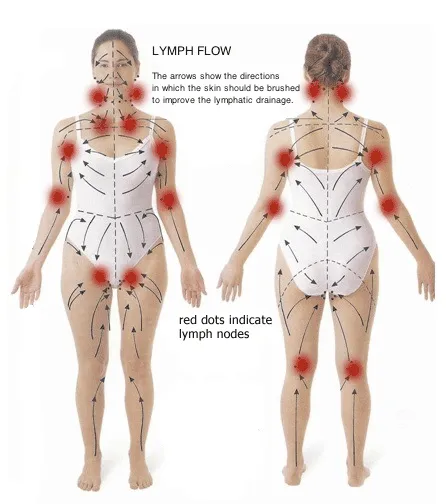
Plantar fasciitis is a common and often painful foot condition that affects millions of people worldwide.
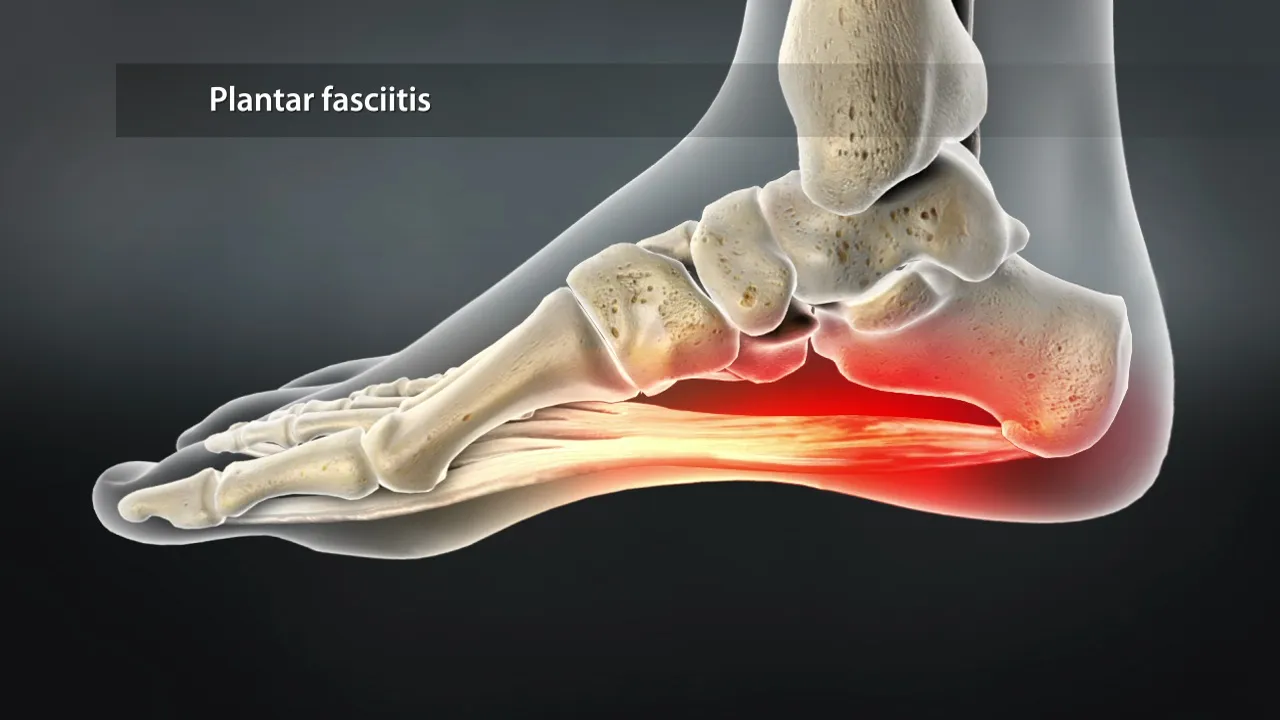
Piriformis syndrome is a perplexing condition, often overshadowed by more common sources of hip and lower back pain.
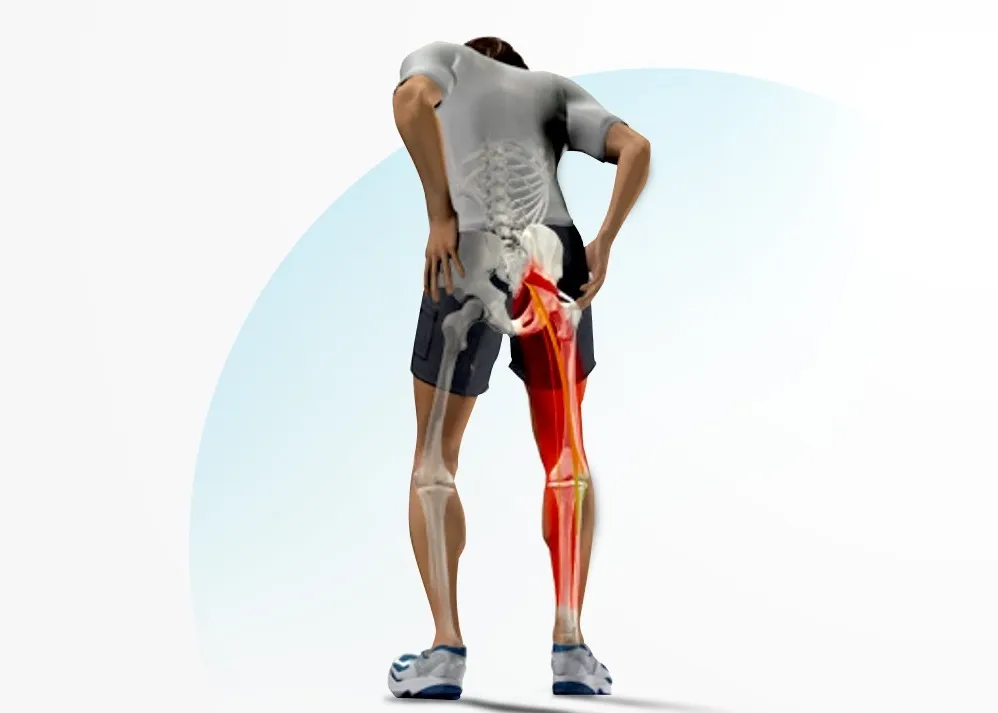
motor vehicle accidents (MVA) can result in a wide range of injuries, from minor bruises to severe trauma. in the aftermath of such incidents, seeking prompt medical attention is crucial for assessing and addressing any injuries sustained.

Sarcopenia is the gradual loss of muscle mass that can affect people in their 30s and beyond. WebMD explains its symptoms, causes, diagnosis, and treatments.
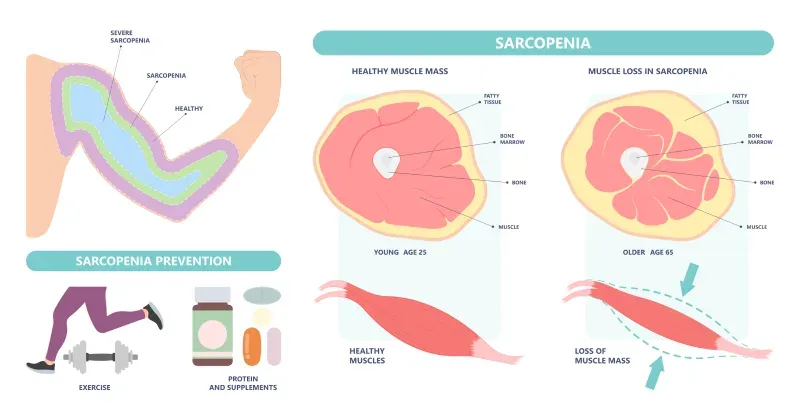
Spinal stenosis, a prevalent spinal condition, is characterized by the narrowing of the spinal canal, leading to discomfort and neurological symptoms.
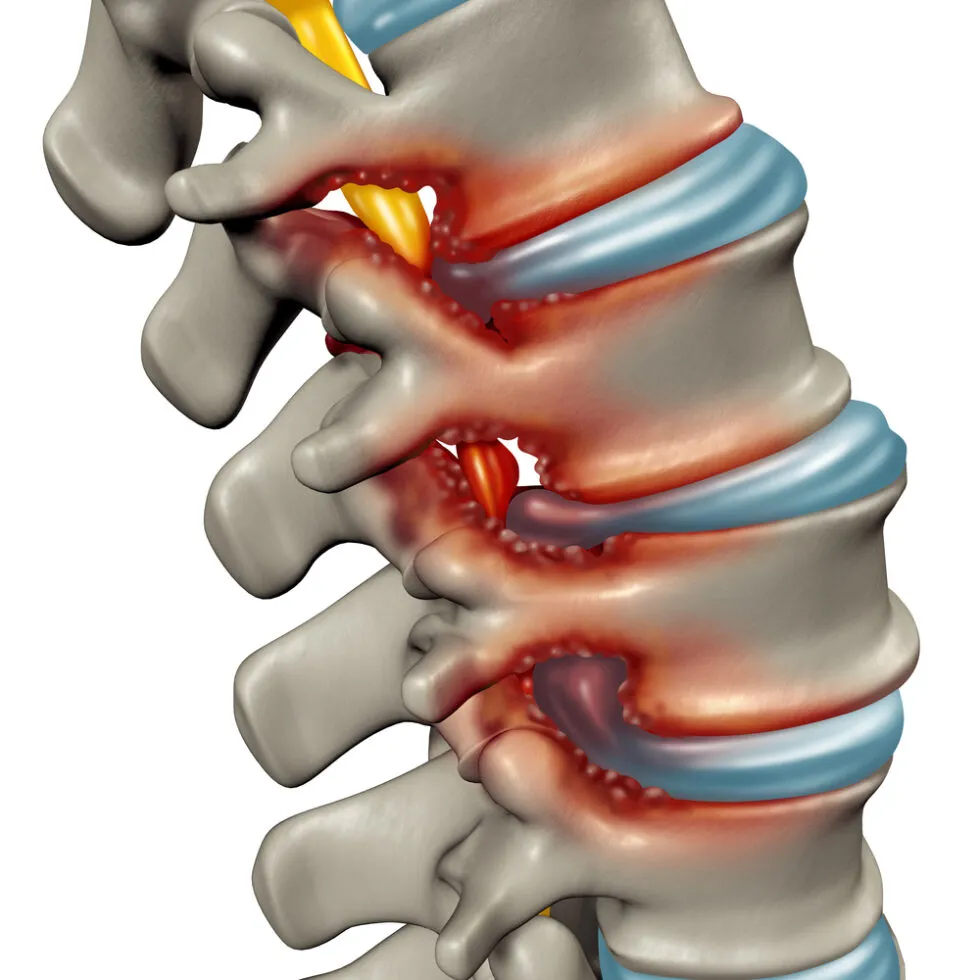
The sacroiliac joint, a crucial junction between the sacrum and the ilium bones in the pelvis, plays a pivotal role in supporting the weight of the upper body.
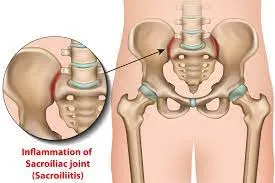
A rotator cuff injury can be a painful and limiting condition, impacting the functionality of the shoulder.
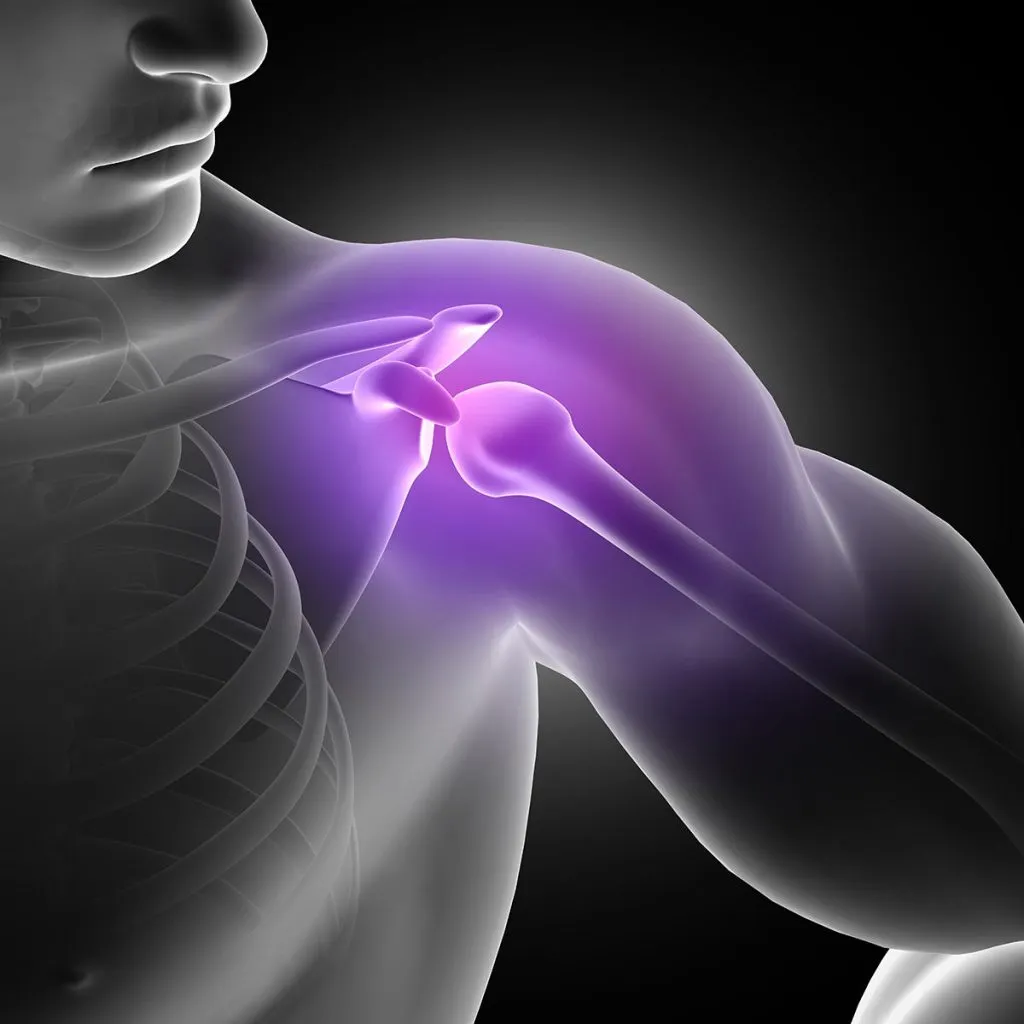
Suffering from lower back pain from sitting? It could be from poor ergonomics in your workplace. Learn more with these tips for how to alleviate pain from sitting.

Sciatica is a painful and often debilitating condition that affects numerous individuals worldwide.
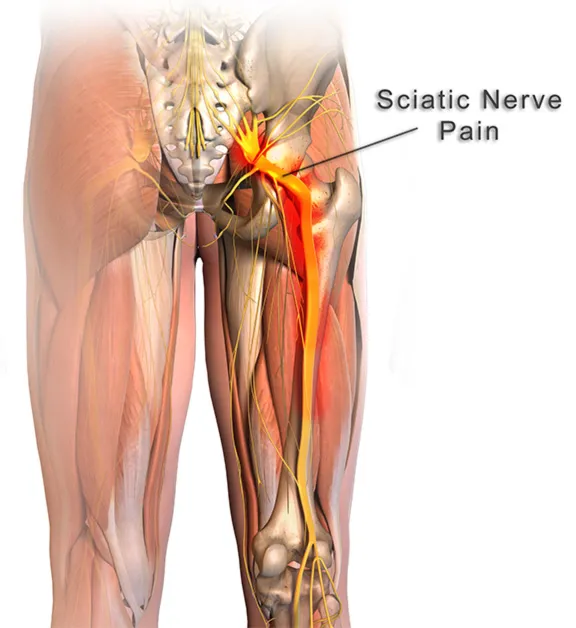
Gluteal tendinopathy is a condition that affects the tendons in the gluteal region, leading to pain and restricted mobility.
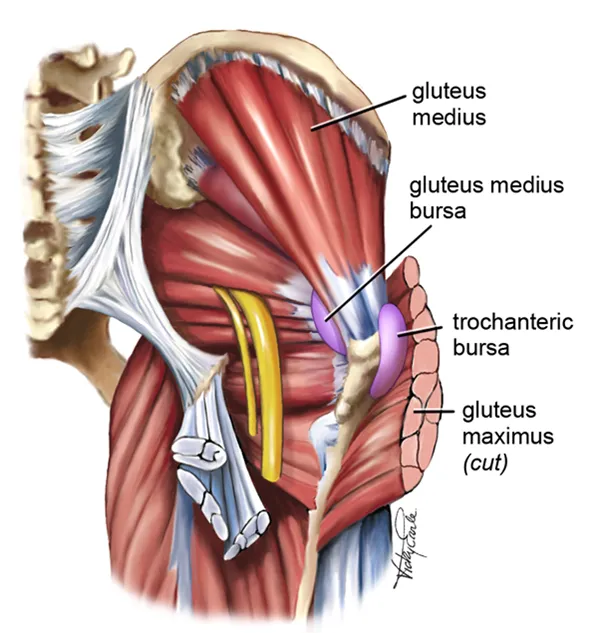
Tennis Elbow, also known as Lateral Epicondylitis, is a painful condition that affects the tendons in the forearm, causing discomfort and limited mobility in the elbow and wrist.

The temporomandibular joint (TMJ) serves as a pivotal mechanism, allowing us to perform everyday activities such as speaking, chewing, and yawning with ease. However, when this complex joint encounters issues, it can lead to Temporomandibular Joint Syndrome (TMJ syndrome).
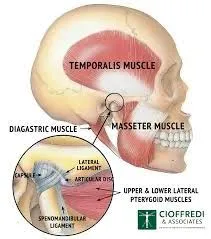
Tarsal Tunnel Syndrome (TTS) is a common and often painful condition affecting the tarsal tunnel—a narrow passage in the ankle.
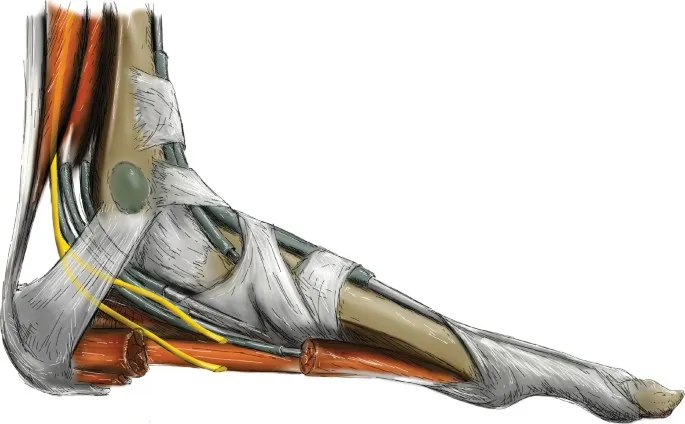
Explore the impact of time-restricted eating on heart health. Learn about the connection between diet and cardiovascular risk.
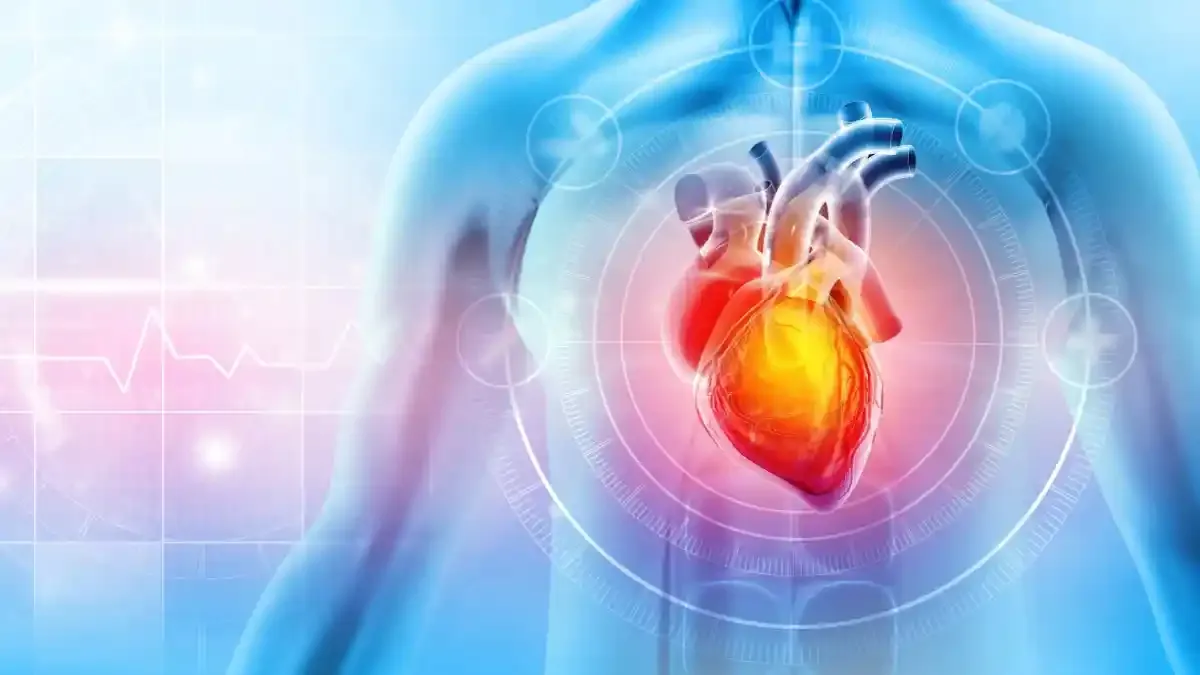
Most cases of foot or ankle pain are short term and are caused by soft tissue injuries, such as sprains or strains. You can usually ease the pain yourself But see York Rehab Clinic if the pain does not improve.
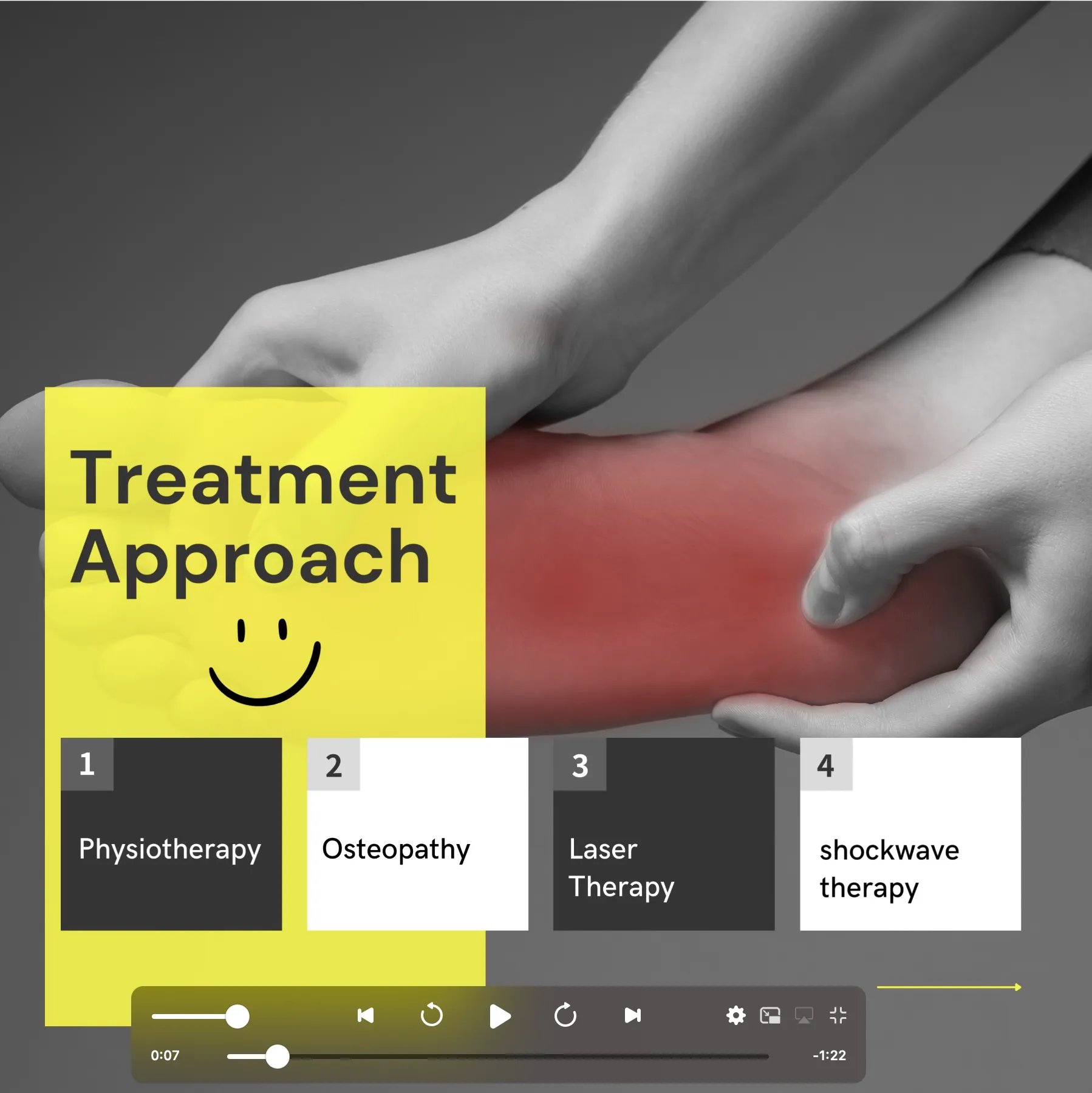
Bow legs is a genetic condition where the knees bow outward when standing. Learn its symptoms and causes at York Rehab Clinic.
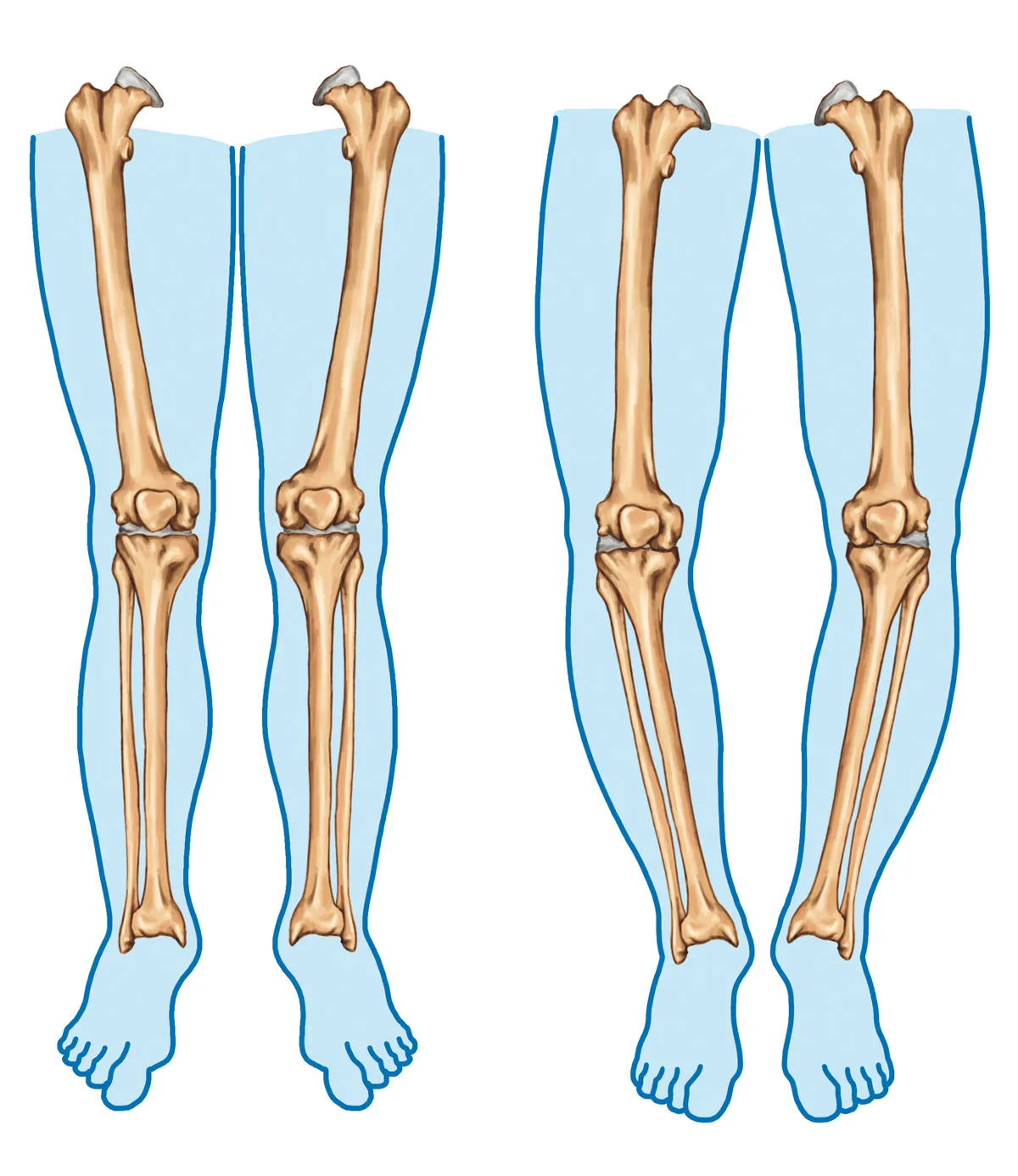
This article explores the complexities of Parkinson’s Disease and sheds light on the therapeutic benefits offered by osteopathy and physiotherapy.
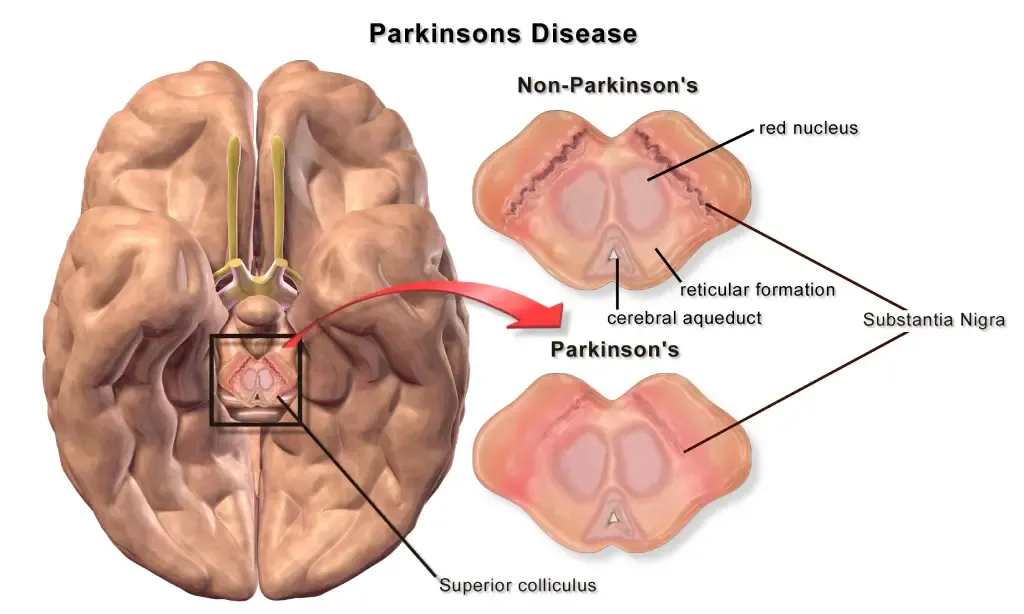
Cervical spondylosis, a prevalent condition, unfolds as a result of wear and tear on the spinal discs in the neck.
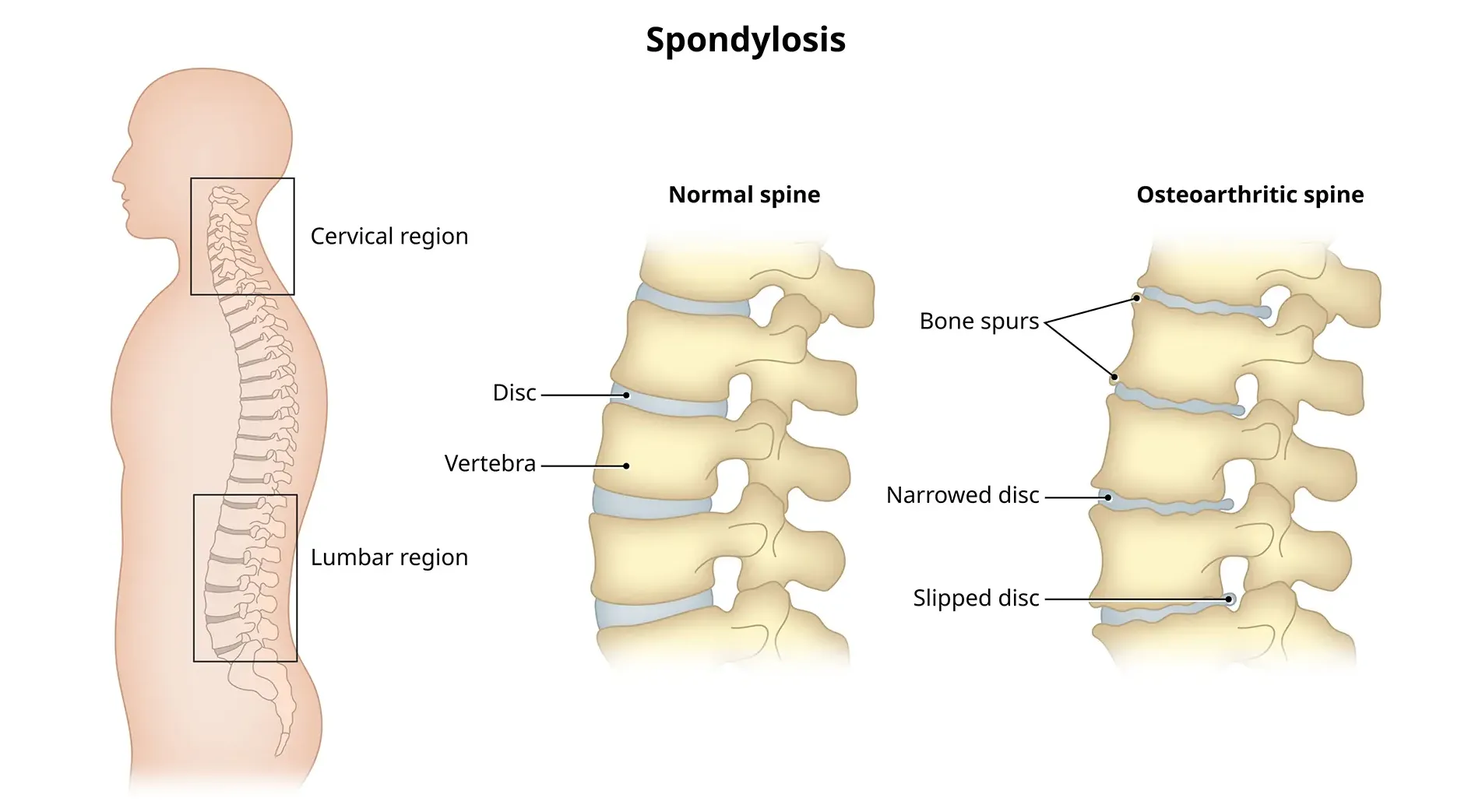
A dowager’s hump, a curve at the base of your neck, can cause extreme fatigue, back pain and headaches.
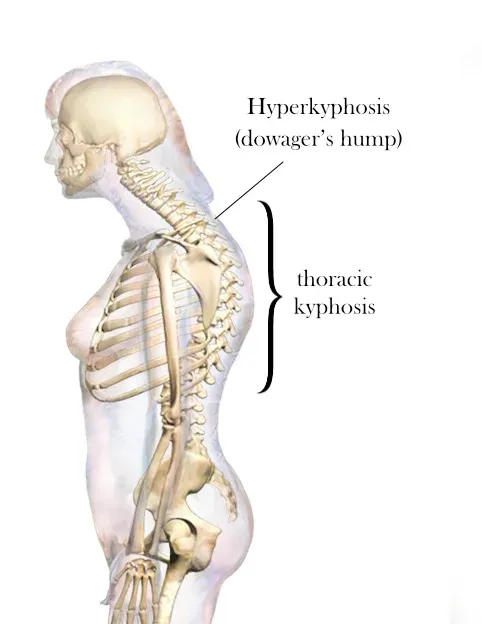
Flat feet cause pain, muscle strain, and fatigue. Treatments can ease discomfort. Symptoms include ankle pain, muscle fatigue and changes in walking.
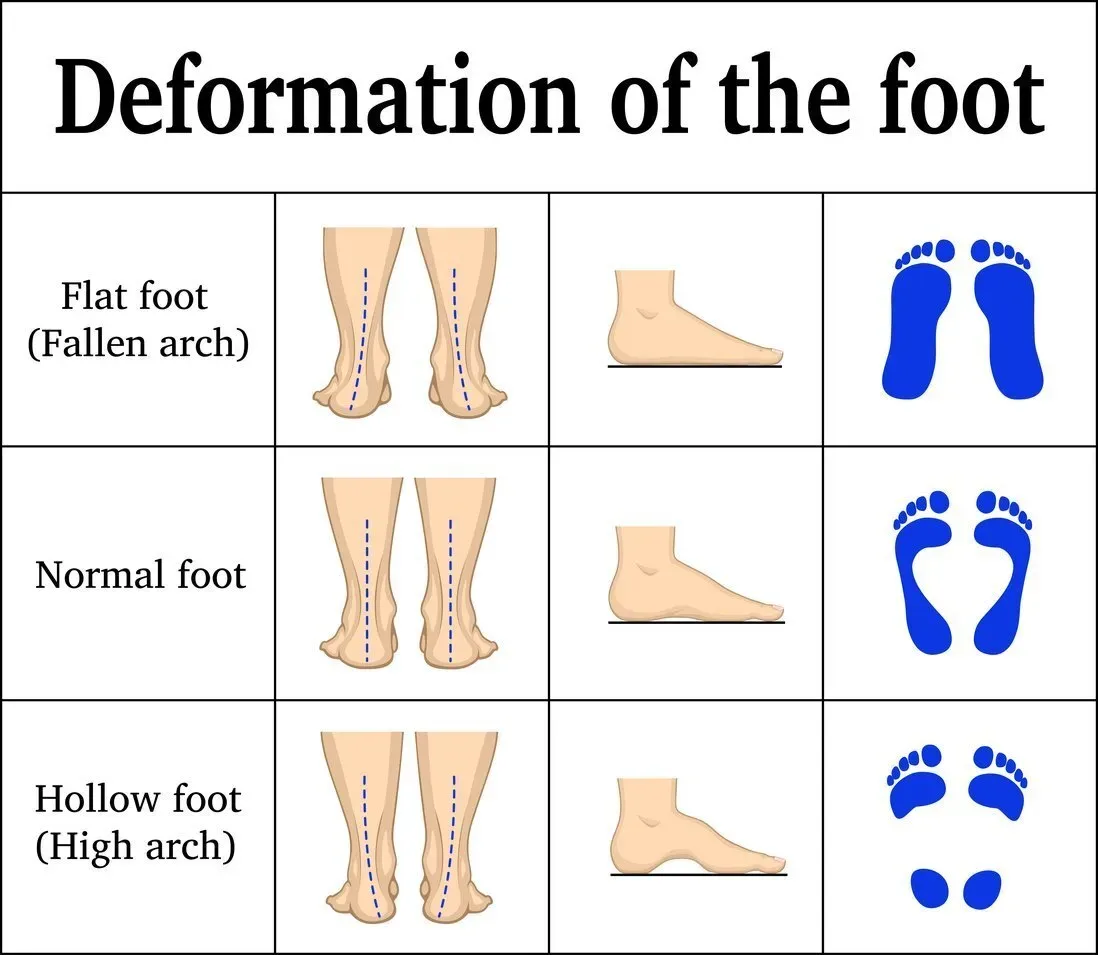
Traumatic brain injury (TBI) often results from a violent blow or jolt to the head or body, causing various physical and psychological effects.
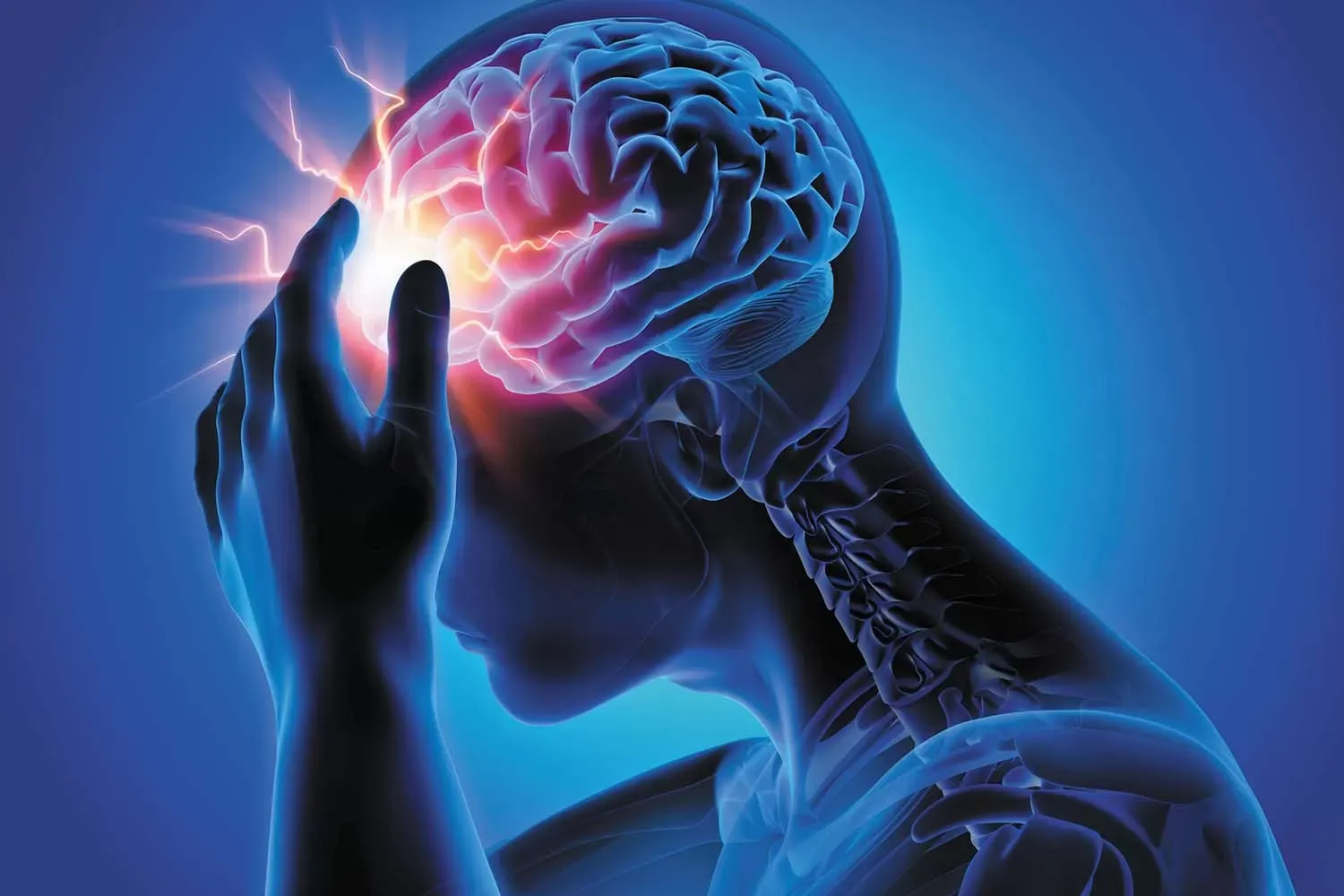
Introduction: Neck stiffness can be a discomforting and limiting condition that affects people of all ages.
